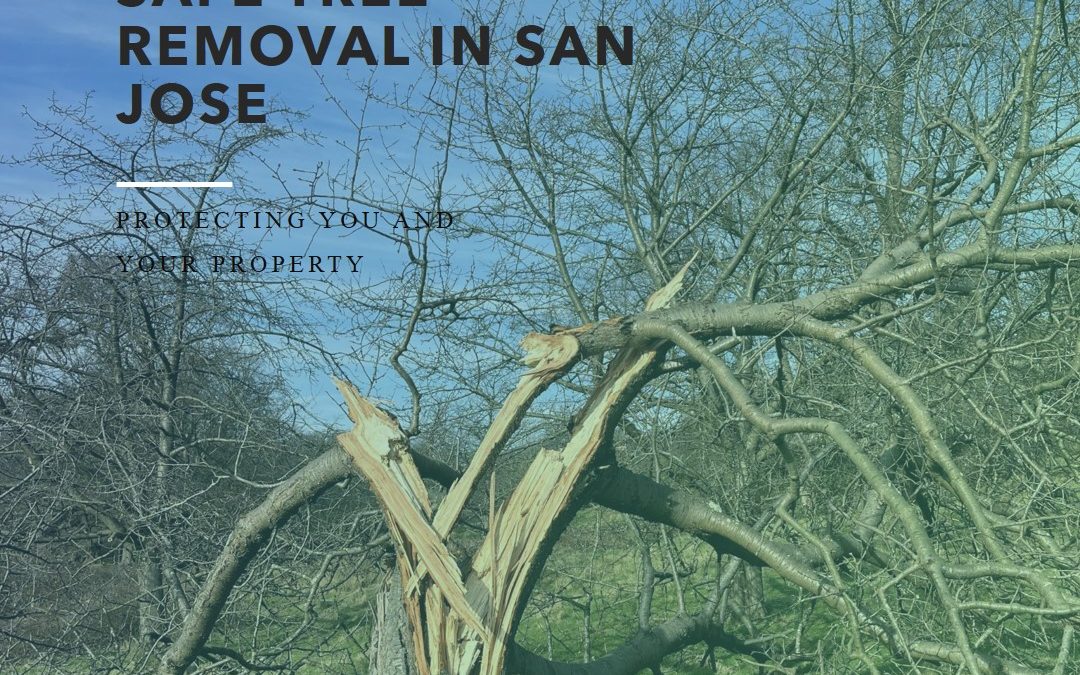In San Jose, there are important safety steps for taking down trees. First, all workers must be trained and have the right certificates. They must also wear safety gear like hard hats, glasses, gloves, and strong boots. Before starting, they should check the tree for dangers.
Making a safe area around where they’re working is also key. This area should have barriers and signs to keep people out who shouldn’t be there. Plus, a plan should be ready to handle any sudden problems or accidents.
Following these steps is very important. They help avoid accidents and keep everyone safe, including those doing the work and those nearby.
Training and Certification
Ensuring workers are trained and certified is the first step towards a safe tree removal process. In San Jose, employers are responsible for providing their tree removal staff with the necessary training covering various safety protocols and operational procedures.
This education helps workers recognize potential hazards and understand the correct ways to mitigate them.
Certified arborists play a pivotal role in this process. These professionals possess the expertise and knowledge required to conduct tree removals. They are trained to understand the complexities of tree biology, which enables them to identify structural weaknesses and diseases that may affect a tree’s stability during removal.
By involving certified arborists, tree removal projects can be completed with higher safety and care.
Personal Protective Equipment (PPE)
Personal protective equipment (PPE) protects workers from injuries during tree removal. Essential PPE includes hard hats, safety glasses, gloves, and steel-toed boots.
Each piece of equipment serves a specific purpose; for example, hard hats protect against falling branches, while safety glasses prevent debris from injuring the eyes.
All tree removal personnel in San Jose must wear the appropriate PPE throughout the operation. This not only safeguards the workers but also sets a standard of safety that helps prevent accidents and injuries, ensuring that the tree removal process is conducted as possible.
Tree Assessment
Before any tree removal activity commences, a thorough tree assessment is necessary. This evaluation involves examining the tree for signs of disease, decay, or structural weaknesses.
Identifying these issues beforehand helps workers understand the tree’s condition and plan the removal process.
A proper tree assessment can reveal critical information, such as which branches are weak and likely to break off or whether the tree is leaning in a particular direction.
Understanding these factors is crucial for determining the safest method for tree removal and ensuring that the process does not pose a hazard to the workers, bystanders, or surrounding properties.
Clearance and Barricades
Establishing a clear zone around the tree removal site is essential for safety. This area, marked by barricades and signage, prevents unauthorized access and ensures that only trained personnel are within proximity of the operation.
The size of the clearance zone should be adequate to accommodate the tree’s fall radius, thereby minimizing the risk of injury to bystanders and damage to surrounding structures.
In San Jose, using barricades and clear signage is not a recommendation but a requirement. These measures alert the public to the dangers of the tree removal process and help maintain a safe perimeter, thereby protecting both the workers and the general public.
Emergency Response
Despite the best planning and precautions, emergencies can still occur during tree removal operations. So, having a well-structured emergency response plan is crucial. This plan should include procedures for handling various situations, such as injuries, electrical hazards, or unexpected tree falls.
An effective emergency response plan ensures that all workers know what actions to take in case of an accident. This can include immediate first aid, contacting emergency services, or dealing with potential hazards like downed power lines.
In San Jose, having such a plan is a safety measure and a legal requirement for conducting tree removal operations.
Wrap Up
Removing trees is a dangerous job that needs careful planning and following safety rules. In San Jose, these rules help keep workers, people nearby, and the environment safe from the dangers of taking down trees.
Workers must be trained and have the right safety gear, like helmets and gloves, to lower the chance of accidents. They should also know about the risks involved with the tree they are removing. Keeping the area around the tree clear and planning for emergencies is crucial for safety. Following these safety steps can make tree removal safer and prevent accidents.


